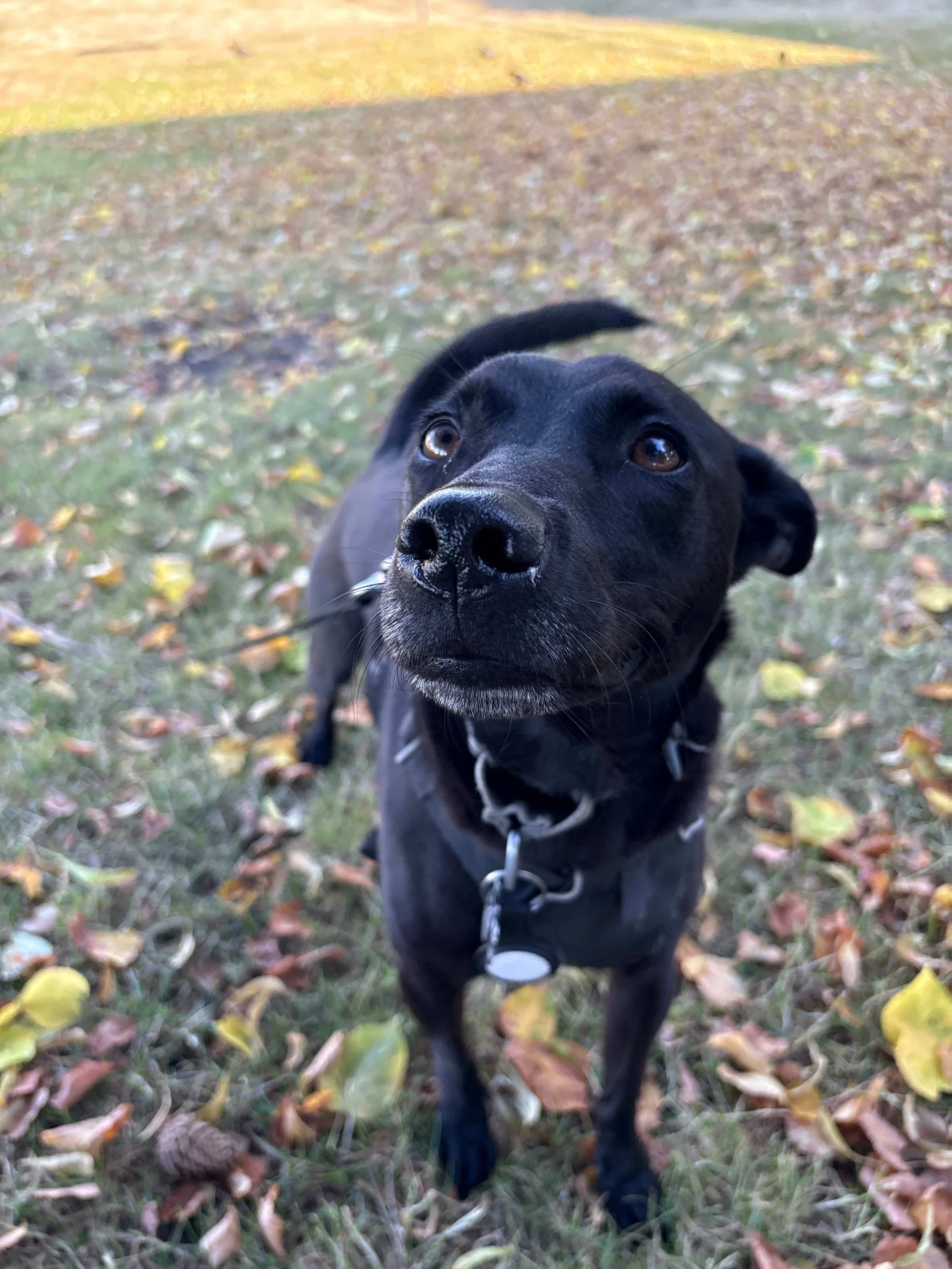Reliable Training Starts with the 3 Ds: Distance, Duration & Distraction
This article is inspired by a recent podcast episode featuring Raintown Dog Training founder Kris Hampton, where she dives into one of the most useful tools in dog training: the Three Ds — Distance, Duration, and Distraction. Whether you're working on recall, polite greetings, or calm behaviour in public, understanding the Three Ds can transform your training sessions. Read on for practical tips to apply them at home, and find the podcast link at the end of the article!
Tip 1: Start At The Beginning
When training a new behaviour, it’s always best to lay out a clear plan and stick to it (even if your pup seems to be moving quickly!). Start with each of the Three Ds at a very low level. With recall training, you would start in a low-distraction environment, standing close to the dog, and giving them as long as it takes for them to come. Only once they are fluent with these criteria would you begin to make it more difficult!
Tip 2: Raise the Bar Incrementally
Once your dog has had four-to-five successful repetitions in a row at your current level of difficulty, it’s time to make it harder. Start by increasing distraction, then gradually add distance, and finally build duration. Once your dog is reliably racing to you when called indoors, you can begin practicing in more distracting outdoor environments. Gradually increase each of the Three Ds—one at a time—until the behaviour is reliable in the real-life settings where you'll need it most.
This Month’s Thought:
Troubleshooting
Next time you’re at the dog park and your pup is acting like you don’t exist, consider the Three Ds. Did you raise the distraction too quickly? Did you increase the distance and distraction at the same time? In addition to helping us build training plans, the Three Ds are a tool for troubleshooting when your training falls apart. If your dog isn’t listening or is ‘being stubborn’, it may be time to revisit your training plan and take another look at how quickly you’ve increased the distance, distraction, and duration.
Curious about the Three Ds and creating training plans? Check out this recent podcast featuring Raintown’s Founder, Kris Hampton!



